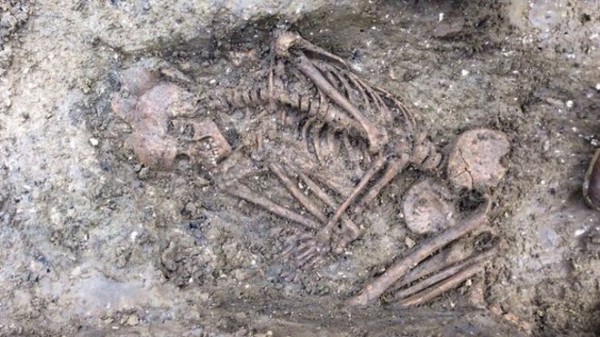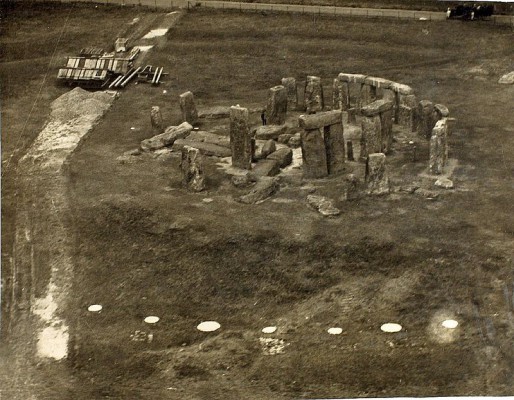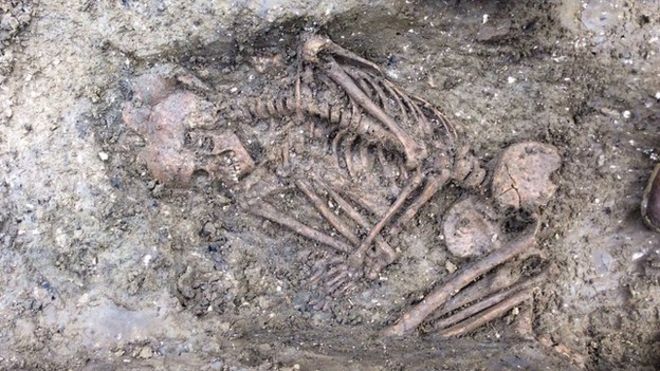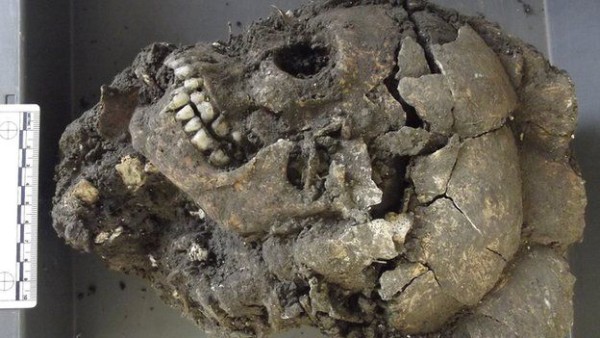The Vale of Pewsey lies between the iconic prehistoric monuments of Stonehenge and the henge monument containing three stone circles around the village of Avebury in Wiltshire, England. Though Stonehenge has been extensively excavated and explored, this vale is a fascinating landscape that is a barely-explored archaeological region rich in archaeological sites. Not only does it contain intriguing Neolithic sites, there are also Roman, medieval, and more modern sites to be explored documented and shared with the world.
In 2008, English Heritage, using aerial photography, mapped the Vale of Pewsey, uncovering a number of previously undetected archaeological sites. Both Stonehenge and Avebury are designated World Heritage Sites with all the protection that it affords, while the Vale does not carry such a distinction. To remedy this, a project designed to run from 2015 to 2017 has been launched to investigate and research the Vale with a view to gaining World Heritage status. English Heritage (now known as Historic England) will direct the field work under the leadership of Jim Leary and Amanda Clarke. The aim of the project is to trace the evolution of the vale from prehistory through to the development of medieval villages and post-medieval water meadows. Dr. Jim Leary, from the University of Reading’s Department of Archaeology and Director of the Archaeology Field School, said: “This excavation is the beginning of a new chapter in the story of Stonehenge and its surrounds. The Vale of Pewsey is a relatively untouched archaeological treasure-chest under the shadow of one of the wonders of the world.” (Mail Online)

There are a number of sites that will receive attention with the Vale. Marden Henge is a vast prehistoric monument covering almost sixteen hectares. It features a ring bank and a ditch dating back to the Neolithic period of 2800 BC – 2000 BC. It contains two features that make it distinctive. The first is a conical mound called the Hatfield Barrow, which is now levelled as a result of poor archaeological practices in the early 19th century. The second is known as the inner henge and has, as the result of earlier excavation, been identified as the remains of a Neolithic building. It is likely that the people that used this building will have seen Stonehenge in all its glory and at the height of its function. Artefacts recovered in the vicinity of this building include bone needles, flint flakes, superbly crafted flint arrowheads, pottery shards and evidence of food preparation. Also in the Vale are found the Wilsford Henge, a barrow (a burial place covered with a mound of earth) at Cat’s Brain, mortuary enclosures, barrow cemeteries, Roman settlements, a medieval village at Marden, as well as post-medieval water meadows (irrigated fields).

One of the first amazing discoveries found during excavations at the Wilsford Henge is the skeleton of a young person. The body, thought to be 4,000 years old, was found lying in a fetal position with its arms crossed and its head turned to the right. The young person was nearly five feet tall and was buried with an amber necklace. Dr. Leary, describing the find, said “The skeleton is a wonderful discovery which will help tell us what life was like for those who lived under the shadow of Stonehenge at a time of frenzied activity. Scientific analysis will provide information on the gender of the child, diet, pathologies and date of burial. It may also shed light on where this young individual had lived.”
All these discoveries add one more piece to the jigsaw puzzle that is Stonehenge. So much has been discovered and yet so little is understood of Stonehenge and its surroundings that all artefacts elicit a great deal of interest; with the modern pathological tools at our disposal, it will be fascinating to watch this investigation unfold and slowly reveal the secrets of this young person’s life.
Lead image source

